This is indeed a tricky problem, going from a binary image to a graph (i.e. topology). Fundamentally involving crossing from the discrete world of pixels and 2D image data, to a abstract data structure of nodes and connectivity...
But what can provide the “glue” between? Quite an open question I’m afraid, requiring a complex interpretation of visual data.
Fortunately, someone else has shared a good attempt here in python: http://planet.lengrand.fr/?post_id=267
(This obviously assumes a full python installation NetworkX and any other dependencies. I did this on Mac with homebrew via a few call such as > brew install opencv; pip install networkx; brew install graph-tool; brew install graphviz. The ipython notebook below also makes use of http://scikit-image.org and http://mahotas.readthedocs.org/en/latest/ - so quite a heady cocktail of Computer Vision and Image Processing code! Finally: you’ll of course need ipython installed...)
Here is an example (which first loads in the downloaded notebook from above - all run from: > ipython —pylab):
%run C8Skeleton_to_graph-01.ipynb
import scipy.io as sio # Need this to load matlab files...
mat = sio.loadmat('bw.mat')
img = np.zeros((30,70),np.uint8) # Buffered image border
img[5:25,5:65] = mat['BW'] # Insert matrix data into middle
skeleton = mh.thin(img) # Do skeletonization...
graph = nx.MultiGraph() # Graph we’ll create
C8_Skeleton_To_Graph_01(graph, skeleton) # Do it!
figure(1)
subplot(211)
plt.imshow(img,plt.get_cmap('gray'), vmin=0, vmax=1, origin='upper');
subplot(212)
plt.imshow(skeleton,plt.get_cmap('gray'), vmin=0, vmax=1, origin='upper');
figure(2)
nx.draw(graph)
Showing that skeletonization of your originally provided Matlab data (with buffer around edges):

Results in the following graph:

Notice the graph topology and layout correspond with the structure of the thinned image - including the "spurs" created at the end. This is an ongoing problem/research area with such an approach...
EDIT: but could be possibly solved by removing stray arcs (leading to leaf nodes with degree==1) in the graph. e.g.
remove = [node for node,degree in graph.degree().items() if degree == 1]
graph.remove_nodes_from(remove)
nx.draw(graph)










